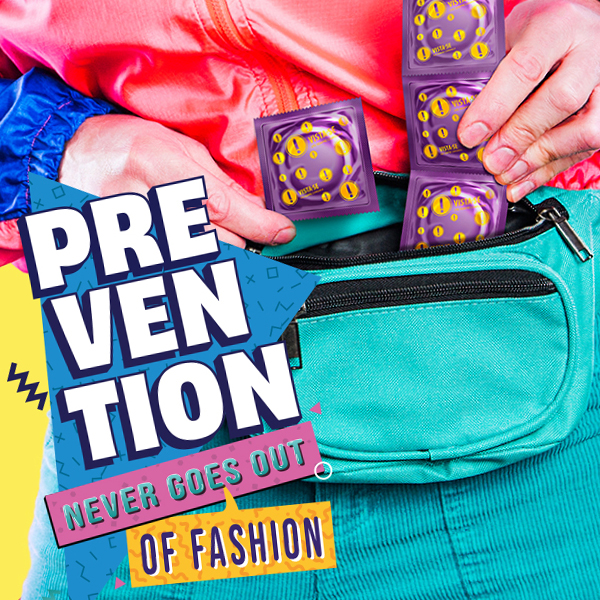
And even after 40 years – recently completed on June 5 – since the first cases of the disease were reported, the excuses for neglecting the main form of AIDS prevention remain outdated and dusty, yet lethal:
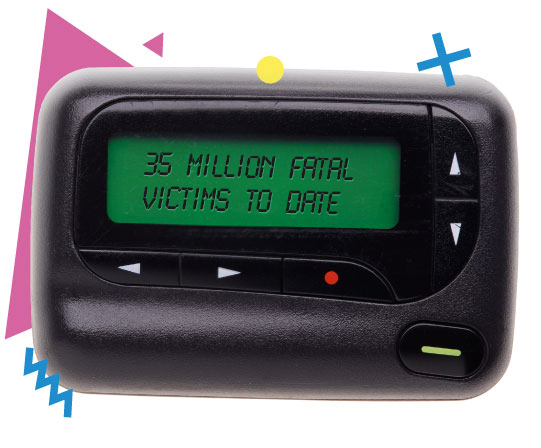

Source: World Health Organization

But how did Aids come about? When and where did it all start?
Once upon a time there was the HIV…
Derived from a highly mutated virus, SIV, found in the immune system of chimpanzees and the African green monkey, transmission to humans is believed to have originated from tribes in Central Africa who hunted or domesticated these animals.
1930
Some scientists believe that the first transmission occurred centuries earlier, but one of the main studies on the disease indicates 1930 as the year when it all started.
1959
First proven case of death from the disease. Discovered only decades later, the patient was a male resident of the former Belgian Congo (present-day Congo).
1960s and 1970s
During the wars of independence, the arrival of mercenaries on the African continent begins to spread AIDS across the planet.
Until 1980
Several cases of diseases that no one can explain appear, with patients usually suffering from Kaposi’s sarcoma (a type of cancer) and pneumonia.
1981
AIDS is recognized as a disease and the so-called “patient zero” dies in the USA; a flight attendant who is said to have spread the disease during his travels.
1982
The first 7 Brazilian cases are confirmed in São Paulo.
1983
Researchers isolate the virus for the first time. The name HIV, however, does not appear until 1986.
1985
The first blood test for the detection of HIV is created.
1987
The first drug to help treat the disease, AZT, is released.
Early 1990s
Antiretroviral medical treatments are developed, followed by multi-drug therapies.
1996
Brazil implements program to offer the anti-HIV cocktail to the entire public health network.
2020
Unprecedented Brazilian experiment at UNIFESP (Federal University of São Paulo) leaves patient HIV-free and raises hope for an AIDS cure.
From “Gay Plague” to Terror of Straight People
Historically, AIDS has always been stigmatized and associated with the LGBT+ population. No wonder that for some time the disease was officially called “GRID” (Gay Related Disease).
However, recent studies have proven that this kind of (mis)information is not only discriminatory but also outdated: in Brazil today, heterosexual men are the main group affected by HIV! They account for 49% of the cases, while homosexuals total 38% and bisexuals 9.1%.
Amazing, isn’t it? Not really… For not being part of what, until then, was believed to be the “risk group” for the disease, straight men were left out of AIDS prevention policies and actions, contributing to the growth of cases.
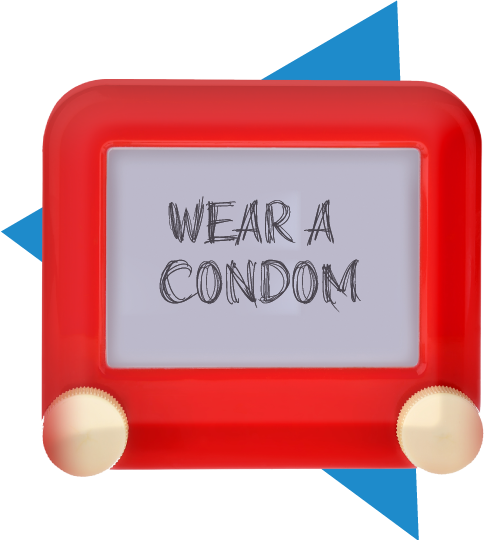
And speaking of AIDS prevention actions…
It may be a very old invention – in 1300 B.C. the Egyptians already used a wrap made of linen, skin and plant materials over the penis to protect themselves from STIs – but since then it has been constantly improved. So don’t go around making excuses or wearing it wrong:
CAN YOU or CAN’T YOU?
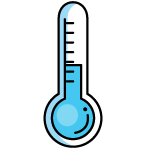
Store them in cool, dry places:
YOU CAN

Open the packages with your teeth or sharp objects:
YOU CAN’T
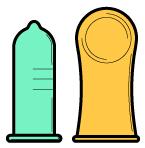
Use the female condom along with the male condom or both at the same time:
YOU CAN’T

Put them on from the beginning of sexual intercourse, including foreplay:
YOU CAN (and should!)

Only use water-based lubricants:
YOU CAN (and should!)

Reuse them:
YOU CAN’T
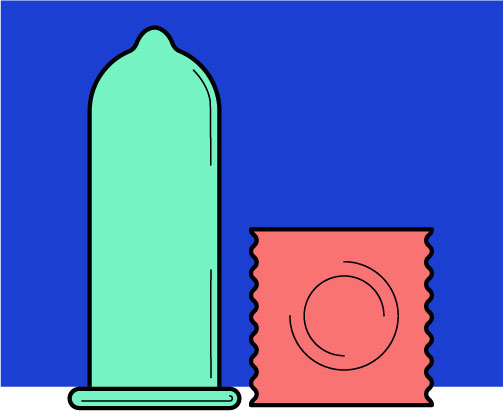
Step by step (male condom)
1 Put it on only when the penis is erect
2 Roll it up to the base, squeezing the end to remove the air
3 After ejaculation, remove it with the penis still erect, sealing the opening to prevent semen from leaking out
4 Tie a knot in the middle and throw it in the trash
Step by step (female condom)
(differently from the male condom, the female condom can be put on up to eight hours before intercourse)
1 Find a comfortable position
2 Hold the smaller ring with your thumb and forefinger
3 Squeeze the ring and insert into the vagina with your index finger
4 The larger ring sticks out, which increases protection
5 After intercourse, remove it by twisting the ring on the outside so that the sperm does not run, and throw it in the trash
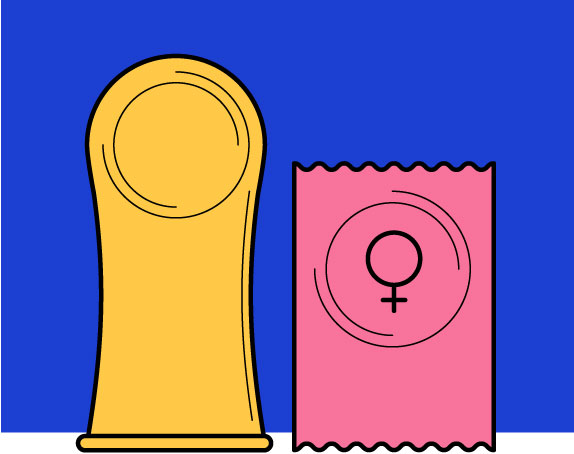

Did you make a blunder and disregard the dress code?
Look for a health care unit! In cases where a person believes he or she has come in contact with the virus, the doctor may prescribe Post Exposure Prophylaxis (PEP). It works like a morning-after pill and must be taken as soon as possible to prevent the virus from reaching the bloodstream and infecting the defense cells.
Similar to PEP, there is PrEP, or Pre-Exposure Prophylaxis for HIV, a pill that is taken regularly in order to prevent infection. It is indicated for people who have a sex life exposed to risk or, for some reason, are unable to use condoms. It does, however, increase the likelihood of liver damage. So consult with your doctor.
And beware: both methods are effective against HIV, but not against other STIs. So never forget the good old condom.
HIV positive?
Be positive!
There was a time when AIDS was a death sentence. In fact, thanks to advances in science and access to information, the outlook for HIV carriers has become increasingly optimistic.
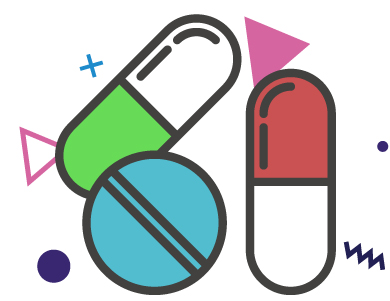
Aids Treatment
Having available drugs that can prevent transmission, such as PET and PrEP, or reduce the side effects of the disease, such as cocktails, is extraordinary. But the story gets even better: we are entering the age of injectable drugs. Monthly dosing is already available in many countries, and there are studies on options for injections every six months, which is much easier and more convenient than taking several tiresome daily pills.
Aids Vaccine
And speaking of injection, there are at least four HIV vaccine projects underway in the world today. Brazil is participating in the studies of one of the immunizers, Mosaic, which involves institutions from all over the world, and is currently in phase 3, when tests are carried out on human beings.
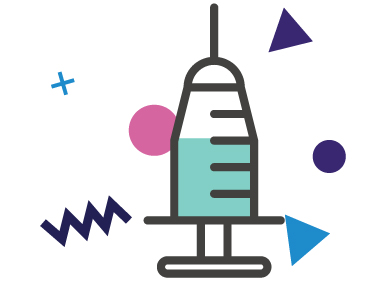
And don’t forget: In the nick of the time, be square.
WEAR A CONDOM!
Red December
Fight Against AIDS Month





